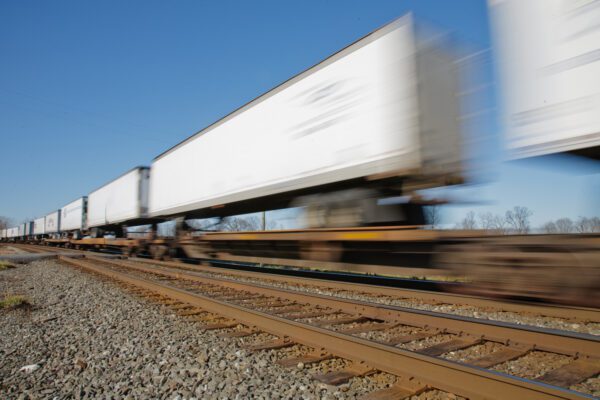
TAPA EMEA PREMIER PARTNER 2022 VIEW POINT
Does the requirement to reduce CO2 emissions cause more transport crime in intermodal transport?
Road transport is a major source of CO2 emissions. The European green deal includes measures to reduce these CO2 emissions by 55% by 2030. In addition to taxing fuel and charging mileage and tolls for road use, three quarters of road freight transport should be shifted to rail and waterways. Consequently, intermodal transport is increasingly being used. Did you know that you can save up to 46% CO2 emissions with intermodal transport? That sounds like a good solution right? It just presents another problem. With the growth and the fact that transport goes unaccompanied on trains, crime in intermodal transport is also on the rise. So how can you prevent this from happening?
30% of CO2 emissions caused by transport sector
According to Petya Koralova-Nozharova affiliated to the Economic Research Institute at the Bulgarian Academy of Science, 30 per cent of all greenhouse gas emissions in Europe are caused by the transport sector. Of that 30 per cent, 72 per cent is due to road freight transport. That’s a lot. Especially if you compare it to rail transport, which accounts for only one per cent of all transport emissions. And that figure applies to all freight transport by rail (i.e. normal freight transport and intermodal together).
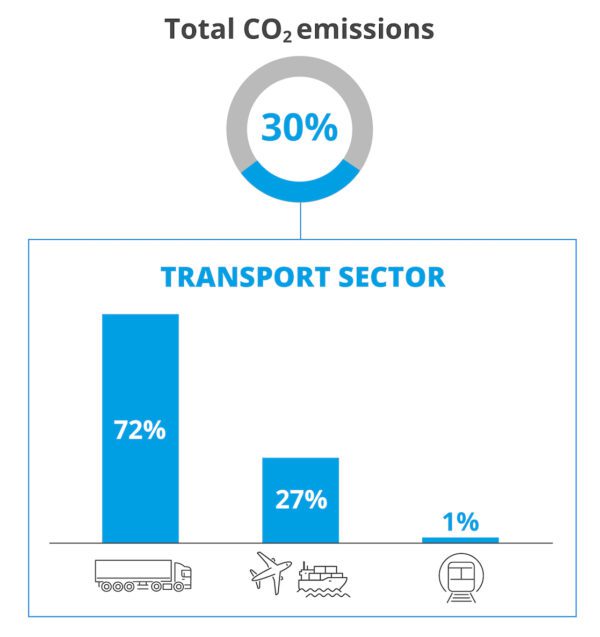
Up to 46% less CO2 emissions with intermodal transport
Are golden times ahead for intermodal transport? Given the difference in C02 emissions, it seems a logical move to shift as much freight as possible from road to rail. Several transport companies report significant savings in CO2 emissions with intermodal transport. This can even amount to savings of 46 per cent. They are therefore keen to expand their intermodal transport. Only due to the lack of quality, this will not succeed.
Disadvantages of intermodal transport
Due to rail congestion, infrastructure problems and terminal delays, intermodal transport is regularly delayed. This is hard to sell. The EU also wants to increase the share of intermodal transport services. That sounds great! Only then, more attention needs to be paid to improving the quality of the railways from the EU first. And this is quite difficult, as the EU is not in charge of national rail construction. So, it remains to be seen whether sufficient rail capacity can be added.
And therein lies another problem. As the number of kilometres of track grows slower than the volume transported, more and more congestion occurs. Resulting in long queues of waiting wagons. Then it is almost inevitable that crime in intermodal transport will also rise. But figures and facts are lacking. And with them the possibility of effectively reducing crime in intermodal transport.
Experiences and tips TAPA members intermodal transport
To gain more insight into intermodal transport, IMBEMA asked several TAPA members about their experiences with intermodal transport. From these, we have filtered the most important tips and listed them for you.
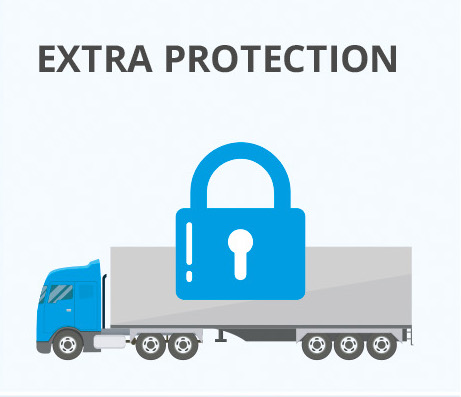 | Extra security More and more carriers are offering heavily secured containers and trailers with electronic locks and GPS trackers. They find that security helps. Criminals are more likely to leave a container or trailer that is properly secured. Electronic locks also allow you to see where your cargo is in real time and intervene when things go wrong. But this only works if there is also a good protocol attached. |
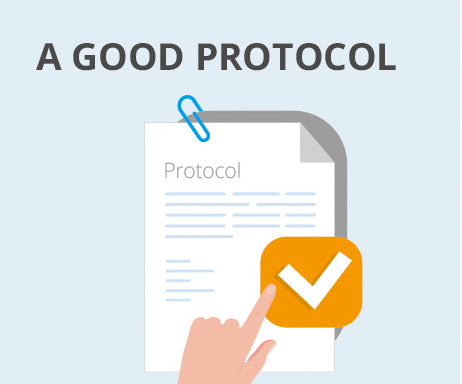 | Ensure good protocol As indicated above, electronic security only helps if there is a good protocol attached to it. And this is not so simple. Because what do you do when you get a report of attempted break-ins, while your transport is on a moving train? This is something you need to be prepared for in advance. |
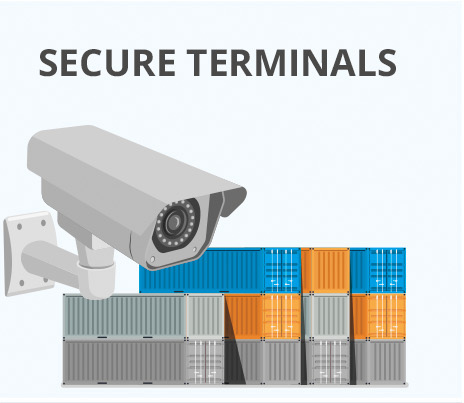 | Extra secure terminals Always choose a terminal that operates nonstop and guarantees good security. Here, it is best to bring your transport to the terminal only at the last moment. Or opt for an extra secure area. You then rent a section within a terminal that you secure yourself additionally. |
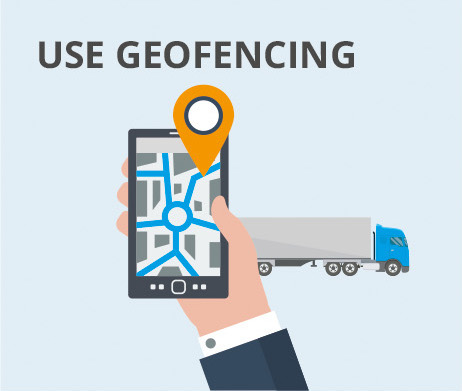 | Make use of geofencing Using geofencing, you know when your trailers will arrive at the terminal. That way, you can have drivers on site exactly in time to receive the shipment and roll on immediately. |
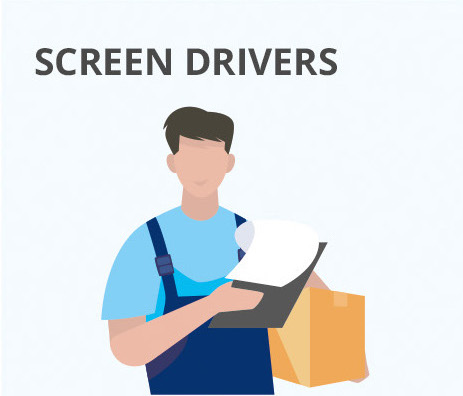 | Screen your drivers According to carriers and shippers, drivers are involved in the majority of cargo thefts. Therefore, more and more carriers are using certified drivers from Hungarian company Sectran. |
Conclusion
The requirement to reduce CO2 emissions makes it seem obvious to make more use of intermodal transport. Especially if road transport, due to fuel taxes and additional mileage and toll charges, will soon become a lot more expensive. You can then save quite a lot of costs with intermodal transport.
Just make sure that the cost advantage of intermodal transport does not become a cost disadvantage by becoming a victim of crime. Secure trailers and containers, use secure terminals, certified drivers and make sure you have a good protocol.
Want to know more about crime in intermodal transport?
To gain more insight into intermodal transport, IMBEMA has created a whitepaper on crime in intermodal transport. This whitepaper will help you better understand what intermodal transport means, what happens on the road, where the challenges are and what you can do to prevent crime in intermodal transport.
Download the white paper for free from the IMBEMA website or contact the SBS vehicle security specialists.
We have listed the key findings from the whitepaper for you:
- International organised crime is behind most crimes
- An integrated European approach is lacking; therefore it makes extra sense to report theft through TAPA Intelligent System (TIS)
- Carriers are the weakest link in the transport chain, as their financial position is getting in the way of efficient measures.
- Shipping companies in high value transport find that security helps.
- The biggest problem has always been pre- and post-transport.
- The security of the train journey itself is now the biggest issue, as trains are often standing in the middle of nowhere for hours.
The white paper further explains these key findings and tells you what you can do to safely transport your goods intermodally.



















